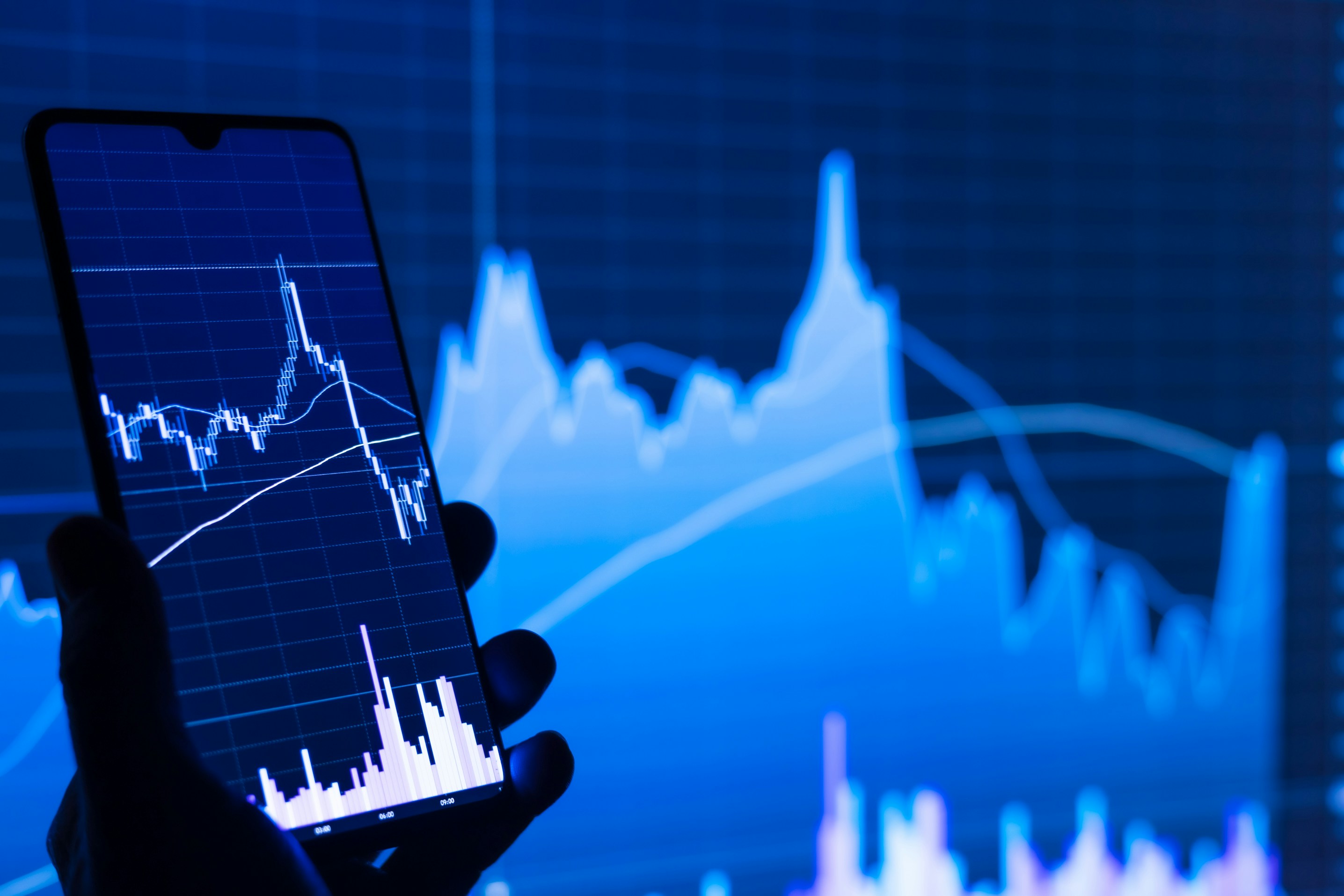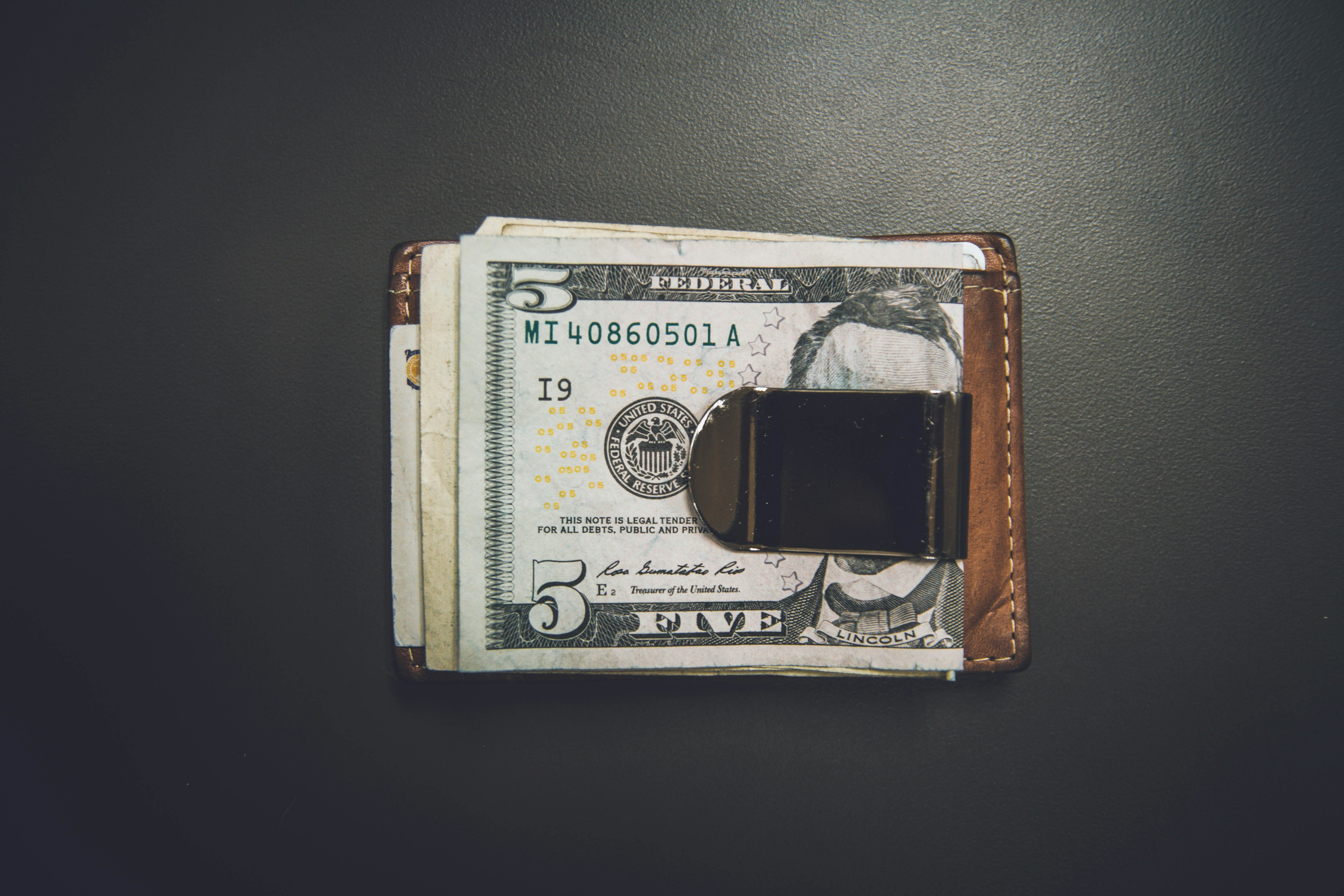Loyalty Programs vs. Referral Programs: A Paradigm Shift in Consumer Engagement

Let’s talk about loyalty programs and why they’re widely misunderstood. Businesses have long held the belief, supported by data, that retaining a customer is far cheaper than acquiring a new one. This logic is sound, but here’s the reality: most loyalty programs don’t work. Why? Because the truth is, nobody is truly loyal—at least not in the way businesses hope.
The Illusion of Loyalty
Take airlines as an example. Historically, loyalty programs like KrisFlyer or others have seen success, but only under very specific conditions. These programs thrive on a high- value disparity model, catering to customers who prioritize convenience, exclusivity, and consistent quality.
For instance, frequent flyers on Singapore Airlines choose the brand not out of sheer loyalty but because the perceived benefits far outweigh minor cost differences with budget airlines. Even when I’m on a tight budget, the value I gain from accrued points or premium services outweighs the price gap.
It’s not just about the miles or points; it’s about the overall experience—ample legroom, the convenience of seamless travel, and the assurance of premium service. Over time, this reinforces my behavior, not because I’m inherently loyal, but because the benefits make sense. This works because it aligns with a specific lifestyle and need
However, loyalty programs falter when applied to more generalized markets like hospitality or food and beverage (F&B). Take McDonald’s, for instance. While it’s immensely successful, its growth isn’t rooted in loyalty programs. It thrives because of its standardized, ubiquitous, and localized presence—not because customers are emotionally or financially tied to the brand. Even within major F&B chains, loyalty programs rarely drive true allegiance, because consumer behavior inherently resists such binding strategies.
The Era of Transparency and Choice
As the digital landscape evolves, so does consumer behavior. The world has become increasingly transparent, driven by accessible data and boundless choices. Today’s consumer operates in an environment where nearly everything is commoditized and comparable.
The traditional 80/20 rule—80% of business coming from 20% of customers—has now become even more skewed. For premium or prestige brands, it’s no longer just about the top 20%. It’s now 10% of 10%—a microscopic fraction of the market that might exhibit the kind of “loyalty” businesses hope for.
This creates a stark realization: the vast majority of consumers are disloyal, and that’s perfectly natural. Human nature is inherently driven by consumption. With more choices than ever, the idea of sticking to a single brand indefinitely feels archaic. Why would someone limit themselves when global options, often more affordable and equally convenient, are just a click away?
The Limitations of Loyalty
Let’s face it: even if your product is the best in the market today, there’s no guarantee it will remain so tomorrow. Competing in a world filled with infinite variants is unsustainable. Instead of trying to make your brand indispensable to one person forever, the smarter approach is to focus on making your brand recommended by millions.
Here’s why:Consumption has limits
Even the most devoted coffee lover can’t drink 10 cups a day consistently. But that same person can introduce your brand to 10 new people who, in turn, introduce it to 10 more. The cycle becomes powerful.
The power of advocacyA person doesn’t have to be “loyal” to recommend your brand. If they find your product decent, reliable, or beneficial, they’re naturally inclined to share it—especially when incentivized.
What Effective Data Acquisition Looks Like
Most companies think they’re acquiring data. In reality, they’re burning cash. True data acquisition is not about hoarding numbers. It’s about value exchange.
Exchange for ValueDon’t throw discounts into thin air. Every promo should exchange for the most priceless asset: data.
One-Time ConversionCapture seamlessly in a single transaction (scan, redeem, claim). Not endless sign-ups.
Multiple Engagement LoopsEvery data point must create repeat business or referrals.
StickinessCustomers should revisit your ecosystem naturally—because they get value, not spam
Performance DataEvery engagement must translate into measurable revenue. Who came? What did they buy? Who else did they bring?
That’s effective data acquisition. Not CRM dashboards. Not vanity metrics. Real engagement, willingly given.



